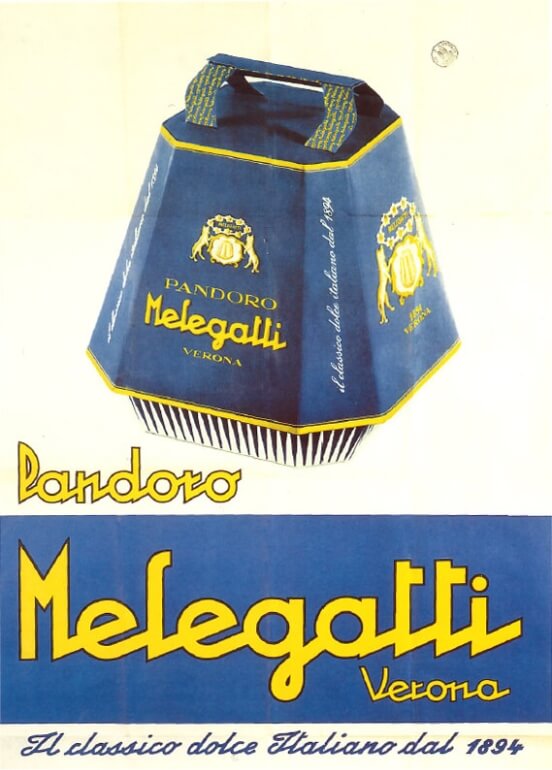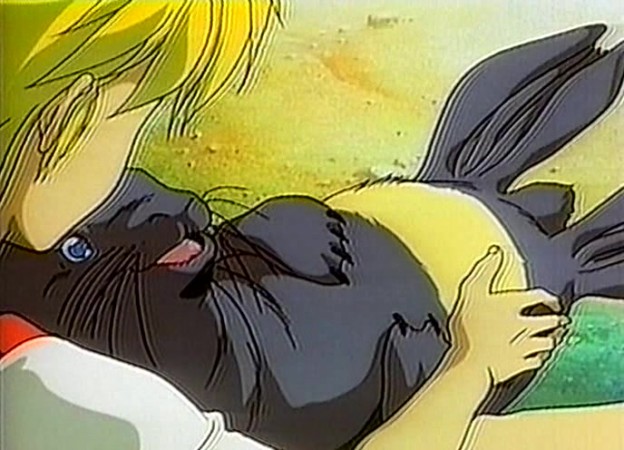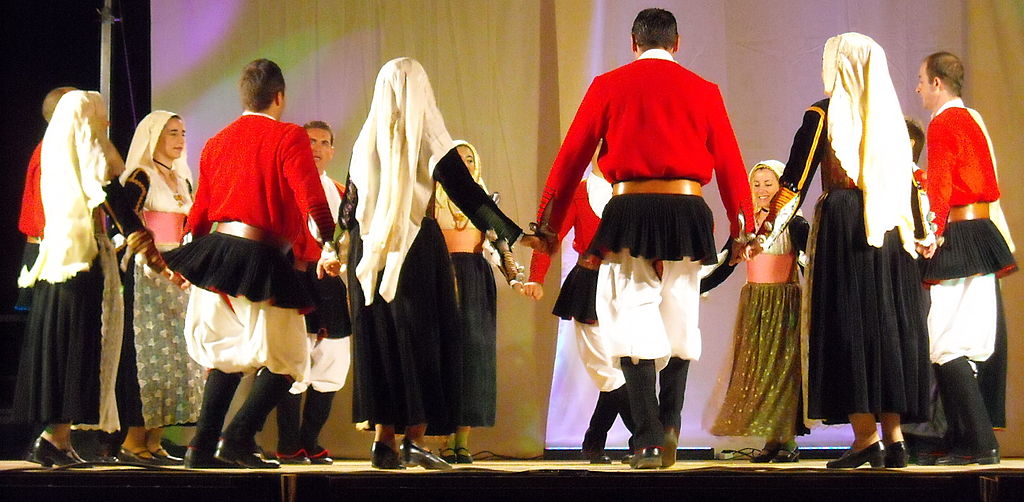Great news for comics and animation fans: on May 12th in Cagliari the Multimedia Archive of Image (Archivio Multimediale dell’Immaginario, AMI) was presented to the press. Produced by the fervent activity of International Comic Center (Centro Internazionale del Fumetto, CIF), the AMI archive gathers an incredible amount of multimedia material, most of which is related to the comic world: magazines, series, comic books, graphic novels and essays on the history and characteristics of the visual medium.
 |
| A room in the AMI archive (source: falzarego35.eu) |
This archive is inside the International Comic Center, in the library hub Polo Bibliotecario Falzarego 35 with other five socio-cultural realities: the Center for Documentation and Women Studies, the LGBT and Queer Media Library, the Documentation Center for performing arts Marco Parodi, the Performing Arts and Crafts Library and the Center of multimedia documentation fo the humid areas. The library hub headquarters are in Via Falzarego 35 in Cagliari, which for fifty years (from the early 1950s to the early 2000s) hosted one of the city’s most important primary schools, Edmondo De Amicis school. From 2018 it hosts the International Comic Center, adding other cultural activities through the years.
In the presentation of the AMI archive, attended by Cagliari’s Councilor for Culture Maria Dolores Picciau and Pasquale Mascia, coordinator of the Office for the Historical Archive and Libraries and of the Municipal Library System, writer and director Bepi Vigna explained:
“Our International Comic Center collects material and traces of the popular narrative production that fostered our imagination. Basically, we propose a new way to approach history involving everyone. Because we are what we dreamed, we are the books we read, the films we watched, the music we listened to. We are the games we played as children… We are our memories. Through comics and books, in the pages of illustrated magazines, in films and tv series, in songs we loved, we can find what can help us understand ourselves better and estimate the world changes we went through and understand its value system.”
 |
| Presentation of the AMI archive with Pasquale Mascia, Maria Dolores Picciau and Bepi Vigna (source: falzarego35.eu) |
Bepi Vigna, director of the International Comic Center, was born in Baunei (Ogliastra, Sardinia) in 1957. He worked for many years as a lawyer until the founding in Cagliari of the group Bande Dessinée with Antonio Serra and Michele Medda. The three wrote comic scripts for Sergio Bonelli Editore, and in 1989 they proposed to the editor Nathan Never, SBE’s first sci-fi series, which debuted in 1991 and is currently quite popular in Italy and in many other countries. In 1995 one of the series’ secondary characters became the protagonist of her own spin-off, Legs Weaver, published from 1995 to 2005. In 1990 he published with the newspaper L’Unione Sarda the book Luoghi ed esseri fantastici della Sardegna, written with Giampiera Caprolu on the legendary creatures of Sardinia. In 1993 Vigna founded in Cagliari the region’s first school of comics, which now is part of CIF. He is also the author of essays on comics, cinema and popular traditions, short stories and novels. In 2006 he started directing the Sardinian magazine of comic and illustration Backgroiùund and the cinema magazine Teorema. He directed several short films and documentaries, such as Imago Sardiniae, a documentary in three parts about the history of Sardinian comics in the 20th century.
Part of the archive is dedicated to Sardinian comics: the cataloging of material recently started and for each author a personal box is prepared. The curator of the census of documents Elisabetta Randaccio states:
“In the boxes where the works of Sardinian artists are cataloged you can find great surprises: not just publications, newspaper articles, but also painting works, original scripts for comics and graphic novels in an extraordinary overview of Sardinian creativity in comics. Cataloging through boxes and cards facilitates very much consultation and study of the materials.”
The archive’s material comes from relations with national and international institutions such as the Institut National des Beaux-Arts and the Forum International de la Bande Dessinée de Tétouan (Morocco) and the literary festival Semana Negra de Gijón (Spain) among many others. Furthermore, great contributions come from donations of private collectors, such as former professor, author and musician Fulvio Caporale, honorary associate of the Center: among this material are an illustrated French newspaper from 1789 and a book of Roman Smorfia from 1810 with late 18th Century engravings. This archive will be an incredible resource for aficionados and students for their personal research and essays, a testament of Italian popular culture.
You can visit the Multimedia Archive of Image by prior appointment by writing to the email address centrointernazionalefumetto@gmail.com.


























